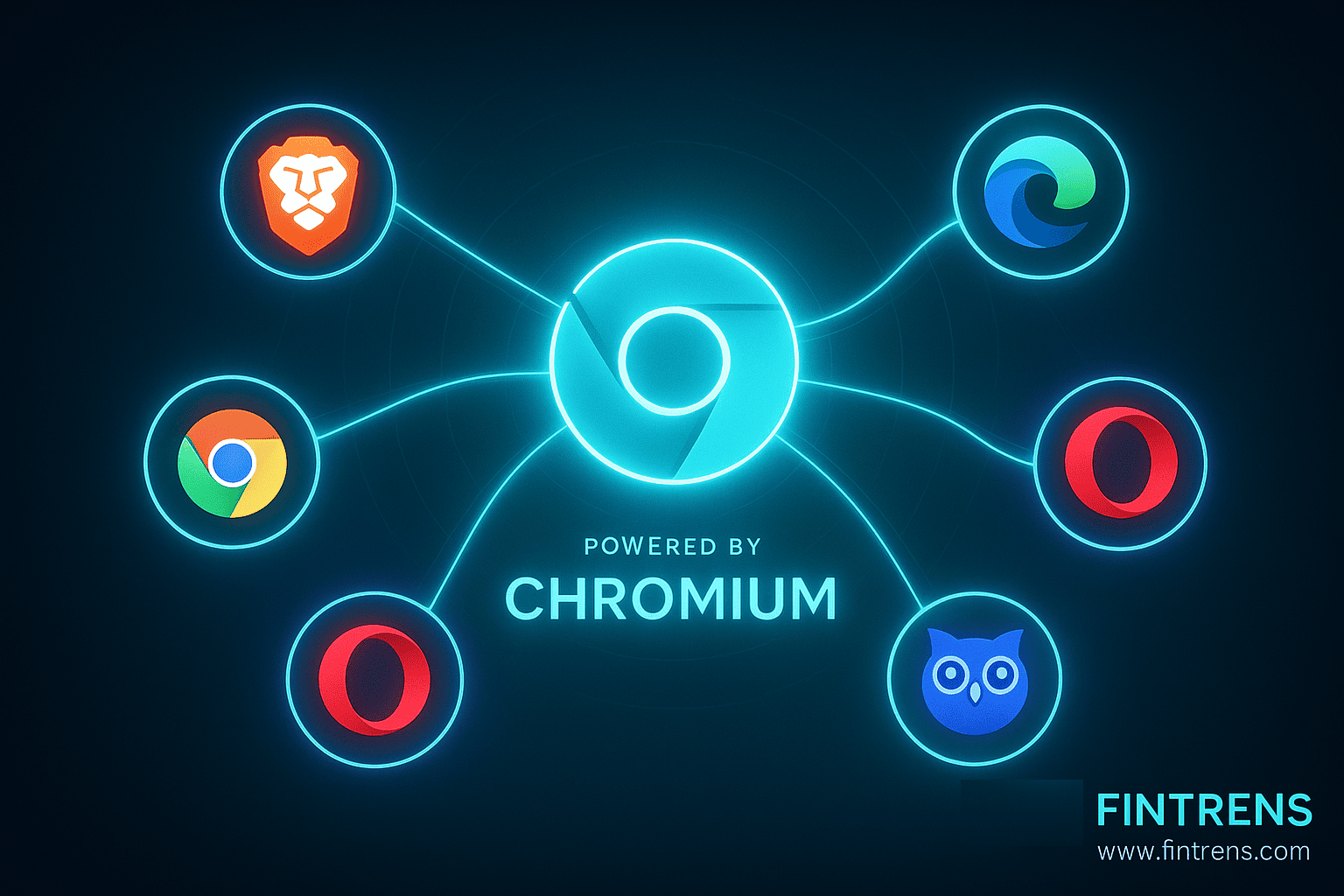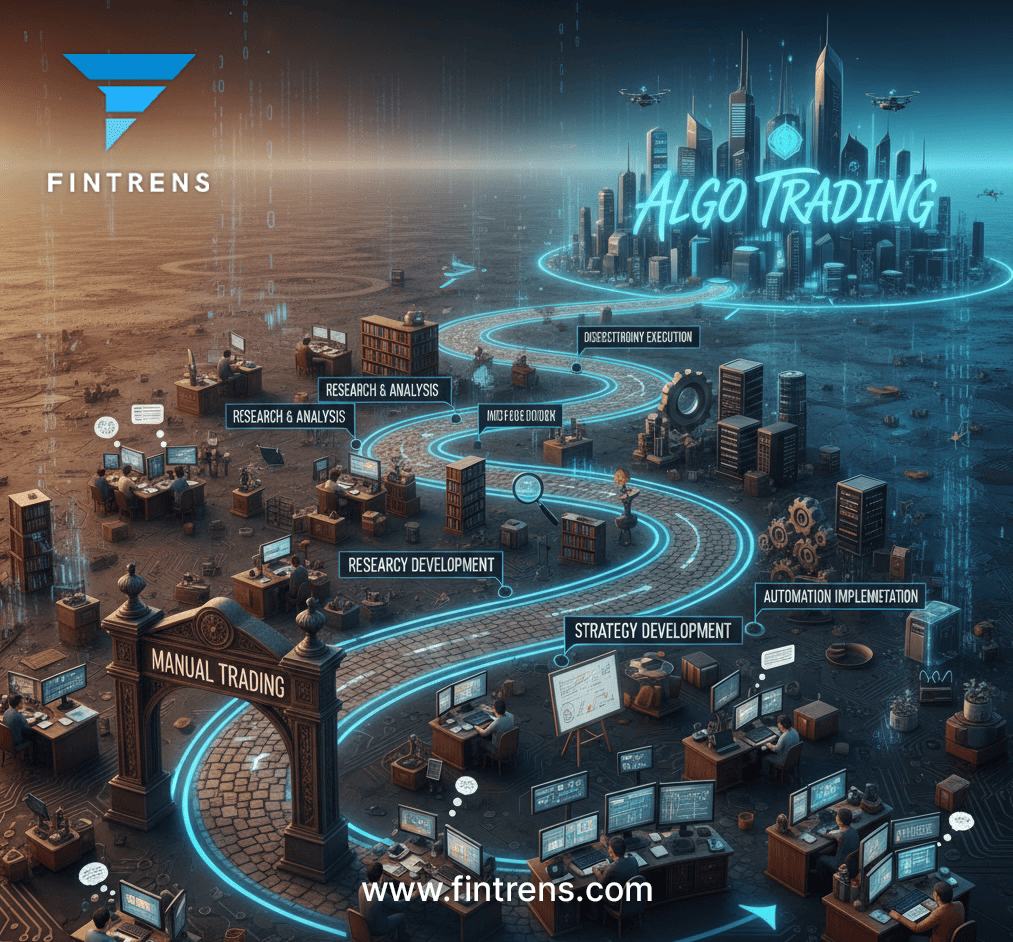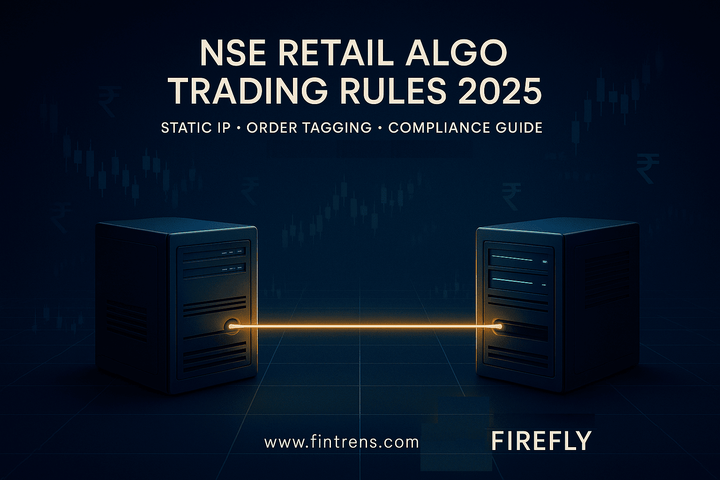The Secret Behind India’s Viral Browser That Beat Google Chrome

How Zoho’s Ulaa Browser Showcases the Power of Chromium — the Hidden Engine of the Web
🚀 Introduction: India’s Browser Moment
When Zoho’s Ulaa Browser climbed past Google Chrome on the App Store productivity charts, it wasn’t just another tech launch — it became a symbol of India’s growing digital self-reliance.
The buzz sparked one big question:
How did an Indian company build a full-fledged, privacy-focused browser so fast — something that took Google and Microsoft years to engineer?
The answer lies in a quiet force powering nearly every major browser today — Chromium, the open-source foundation of the modern web.
🔍 What Is Chromium? (The Hidden Foundation of Modern Browsers)
Chromium is an open-source browser project initiated by Google in 2008.
It provides a ready-made, high-performance framework that developers worldwide can adapt and re-brand.

💡 Definition (for snippet)
Chromium is the open-source browser engine used by Chrome, Edge, Brave, Opera, and Ulaa to deliver fast, secure, and standardised web experiences.
🧭 Timeline: The Rise of Chromium-Based Browsers
- 2008: Google launches Chromium project.
- 2010: Chrome surpasses Firefox in speed benchmarks.
- 2013: Opera shifts from its Presto engine to Chromium.
- 2015: Microsoft builds Edge on its own EdgeHTML.
- 2020: Edge officially migrates to Chromium.
- 2023-25: New entrants (Brave, Vivaldi, Ulaa) join the ecosystem.
From startups to trillion-dollar giants, Chromium became the shared engine of innovation.
🌍 The Complete List of Chromium-Based Browsers You Already Use

Even Edge, once Chrome’s rival, now runs on the same engine — Chromium.
⚙️ How Vendors Build Browsers So Quickly Now
Before open-source, building a browser meant developing rendering engines, scripting interpreters, and security sandboxes — a task that took years.
Chromium changed that equation.
“Open source didn’t just democratise software — it democratised innovation.”
Developers now start with a robust base and focus on differentiation:
| Innovation Area | Example |
|---|---|
| UI/UX Design | Edge’s vertical tabs, Ulaa’s Mode Switcher |
| Privacy Features | Brave’s ad blocker, Ulaa’s tracker shield |
| Sync Systems | Chrome – Google Account, Ulaa – Local/Zoho Account |
| Integrations | Edge Copilot AI, Chrome Gemini |
That’s why Zoho could bring Ulaa to market rapidly — it built smartly atop Chromium’s battle-tested architecture.
🇮🇳 Why Ulaa Browser Matters for India’s Digital Sovereignty
In an age where data equals power, digital sovereignty has become a new frontier of national independence.
Owning our data, infrastructure, and software stack defines modern self-reliance — just as energy independence once did.
Zoho Ulaa embodies this “Third Way”: an Indian model that protects privacy while maintaining openness — unlike the surveillance-heavy or state-controlled approaches of other global powers.
Ulaa’s Made-in-India DNA and no-data-selling policy directly align with India’s evolving Data Protection Act and the vision of an Aatmanirbhar Digital India.
🔐 Privacy Features That Set Ulaa Apart
- 🔒 Built-in tracker & ad blocker
- 👩💻 Multiple modes (Work, Personal, Developer, Kids)
- 🗂️ No third-party data collection
- ☁️ Sync data stored in India
- 🧭 Chrome-like familiarity with enhanced control
📊 Performance Comparison: Ulaa vs Chrome vs Edge

🔬 Technical Deep Dive: Inside Chromium’s Speed and Security
- Blink Engine – Repaints only changed DOM elements, saving milliseconds per frame.
- V8 Engine – Compiles JavaScript to native code for near-C++ speed.
- Sandboxing – Each tab runs isolated, preventing malware spread.
- Site Isolation – Cross-domain separation secures sensitive cookies and tokens.
- Auto-Updates – Continuous patch delivery across all Chromium browsers.
These features form the shared backbone that allows vendors to focus on innovation while ensuring security parity across the ecosystem.
🧠 Digital Sovereignty: India’s “Third Way” in Technology
Digital Sovereignty means a nation’s right to control its digital infrastructure, data flows, and tech supply chains.
- Western model → Corporate control via data monetisation.
- Eastern model → State control via surveillance.
- Indian model → Democratic self-reliance powered by open source and privacy.
“Every click we make is a vote for a digital future — the question is, whose future are we building?”
By building Ulaa on Chromium and hosting its data in India, Zoho is helping shape that Third Way.
❓ FAQ — Quick Answers
Q1. Is Ulaa built from scratch?
No. It’s built on Chromium with Zoho’s privacy and localisation layers.
Q2. Is Chromium safe to use?
Yes — it’s maintained by thousands of contributors and audited regularly.
Q3. Why did Edge and Opera switch to Chromium?
For speed, compatibility, and lower maintenance costs.
Q4. What makes Ulaa different from Chrome?
No Google trackers, Indian data hosting, and custom privacy modes.
Q5. Which is the best Indian web browser 2025?
Ulaa is currently the most prominent privacy-first Indian browser built on Chromium.
🏁 Takeaway: Shared Innovation Is the Future
Every modern browser — from Chrome to Edge to Ulaa — carries Chromium DNA.
The open-source ecosystem has made the browser landscape collaborative rather than competitive.
So, the next time a new browser trend hits your feed, remember:
Innovation isn’t about starting from zero — it’s about building brilliantly on what’s open to everyone.
🔗 Explore More from Fintrens
- 🌐 www.fintrens.com — Smart investing and automation solutions
- 📘 docs.firefly.fintrens.com — Learn how Firefly automates intelligent trading
- 🤝 Join our community: www.fintrens.com/join
- 💬 Follow updates on WhatsApp: Fintrens Channel




